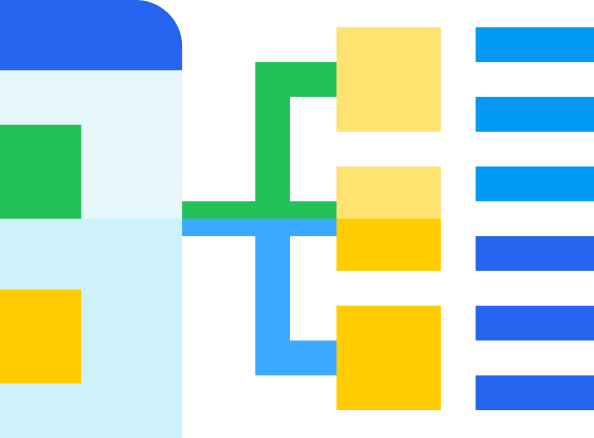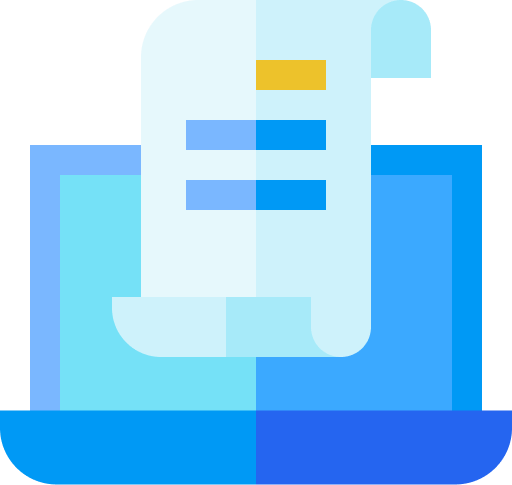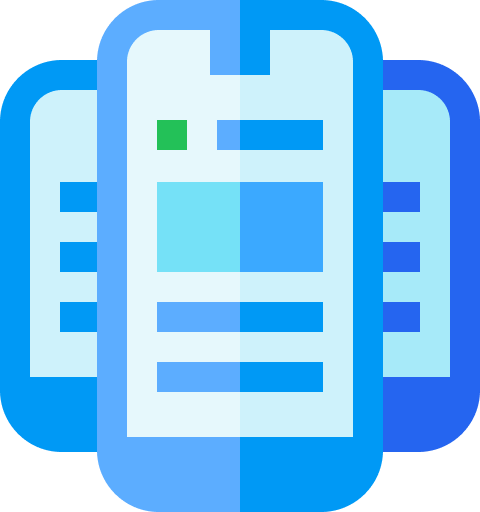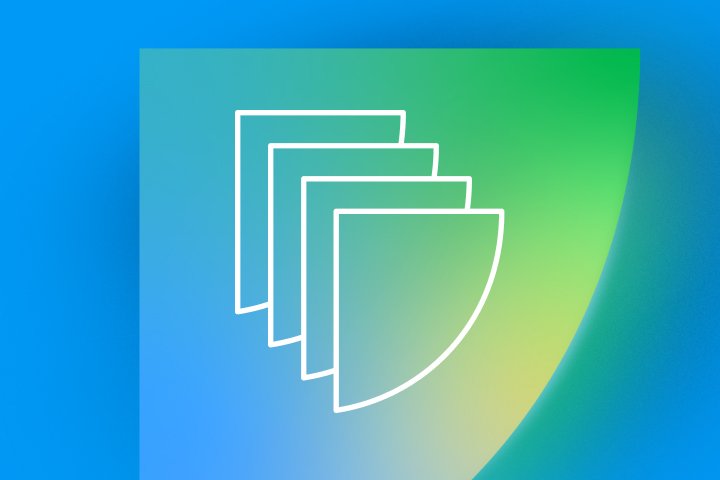Schools, colleges, and universities play a crucial role in molding young minds, but they also gather and manage an abundance of personal data. This includes grades, health records, contact details, social security numbers, financial information, and even research data in higher education institutions.
As schools increasingly turn to digital tools, keeping educational data safe becomes absolutely crucial and, in some cases, a lot more challenging than when it was all on paper, hidden away in filing cabinets.
In this article, we'll explore how educational institutions can implement data loss prevention (DLP) strategies to protect the privacy and security of their students, alumni, and staff.
Understanding data breach patterns in education
First, let's gain insight into the current landscape of data breaches in the education sector. Verizon’s 2023 Data Breach Investigations Report reveals that education has experienced a notable number of data security incidents in the last year. In total, 497 incidents were reported, with 238 of them confirming data disclosure. The majority (about 76%) of these incidents happened in one of these three ways: system intrusion, miscellaneous errors, and social engineering.
While external actors account for 72% of the breaches, internal actors are responsible for 29%. This combination of external and internal threats presents a complex security landscape. Why would anyone target educational institutions? The motive behind most breaches is – as is the case in most industries – financial gain at 92%. But espionage (8%), convenience (1%), and even fun (1%) – didn’t see that one coming, did you? – also motivate cybercriminals.
In addition to understanding the patterns of data breaches in the education sector, it's necessary to recognize the profound financial, reputational, and operational implications these incidents can have. Data breaches bring about significant direct and indirect costs, including financial losses tied to data recovery and breach response, legal actions, regulatory fines, damage to an institution's reputation, and loss of productivity.
Now that we’ve seen how important it is to protect data in the education sector, let’s take a look at just how you can go about it.
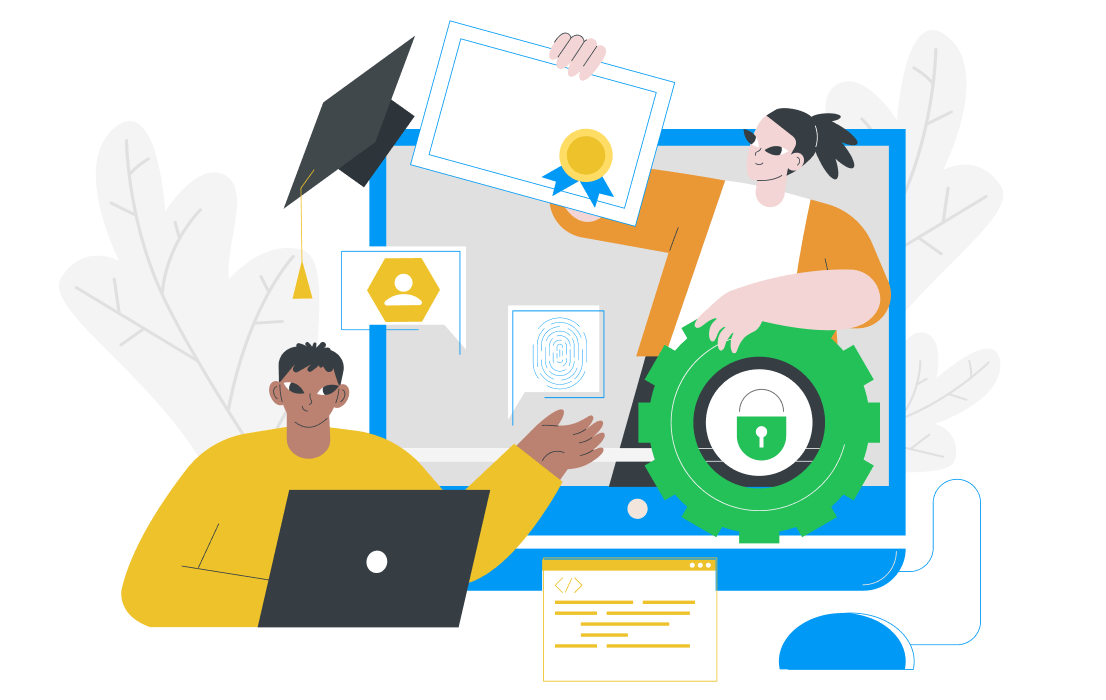
Strategies for DLP in educational institutions
When it comes to safeguarding sensitive data in educational institutions, one size does not fit all. Each school or college has its unique data landscape and needs, so when you’re putting together an information security management system, make sure to tailor it to your specific environment.
1. Data classification
Create a data classification scheme that categorizes data based on its sensitivity. Prioritizing data allows you (and your DLP software) to focus its protective measures where they matter most.
For example:
Public data: Information that's freely available and poses no risk when shared.
Internal data: Data that should be kept within the institution and not disclosed externally.
Confidential data: Highly sensitive information such as student records, health data, or research findings.
2. Policy-based controls
Create policies that enforce data handling procedures according to your educational institution's needs. Customized policies provide clarity for users and ensure they understand their responsibilities regarding data protection.
These policies can include:
Acceptable use policies: Define how staff and students can use institutional resources and access data.
Data sharing policies: Specify which types of data can be shared and with whom, both inside and outside the institution.
Incident response policies: Establish procedures to follow in the event of a data breach or security incident.
3. Set access controls
By tightly controlling who can access specific data, you significantly reduce the risk of a potential breach. Following the principle of least privilege is fundamental in data security regardless of the industry. Apply a concept like the Zero Trust Approach, making sure to grant permissions based on a need-to-know basis.
This approach ensures that even if a breach occurs, the impact is limited because sensitive data remains off-limits to unauthorized personnel.
Those with access to sensitive student records should have permissions for only the specific records they require for their job roles. For example, cafeteria staff don't need access to students' medical records, and music teachers shouldn't be privy to financial histories.
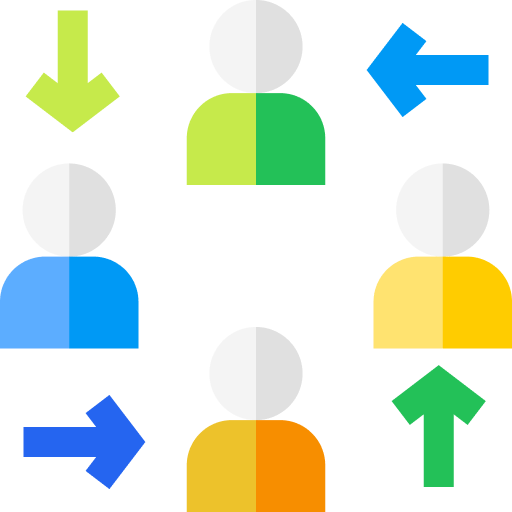
4. Educate students and staff and monitor activities
Many security incidents in the education sector stem from user error rather than malicious intent. For instance, students may unintentionally mishandle data, and the open nature of educational environments can make them susceptible to unauthorized access.
You can address these issues by:
User training: Educate students, staff, and faculty about the importance of data security, including how to recognize phishing attempts and avoid unintentional data leaks.
Learn from mistakes: You can create educational opportunities following any DLP system trigger. For instance, if a user is prevented from sending an unencrypted email containing sensitive data, follow up with an explanatory email or video. This empowers users to understand not only what went wrong but also how to work securely in the future.
Advanced monitoring: Implement advanced monitoring for student activities and insider threats. This could include tracking changes to student records or monitoring user access to highly confidential data.
Navigating the regulatory landscape: A global perspective
Educational institutions across the globe are subject to a myriad of data protection regulations. These regulations aim to ensure the privacy and security of sensitive information and can apply to the education sector, too.
For instance, in the United States, the Family Educational Rights and Privacy Act (FERPA) mandates that educational records, including transcripts and disciplinary records, must be securely stored and shared only with authorized individuals. Over in the United Kingdom, educational institutions must comply with regulations like the Freedom of Information Act and the UK GDPR if they handle personal data. Meanwhile, in the EU, the GDPR has set a gold standard for data protection, imposing strict rules on the processing of personal information across industries.
While these regulations vary, DLP solutions offer a powerful tool to address individual concerns and requirements. Through content inspection and policy enforcement, DLP systems can ensure that data is used in compliance with these regulations, preventing unauthorized access or sharing. By monitoring data movements and applying encryption and access controls, DLP solutions align educational institutions with global data protection standards, regardless of location or specific regulations.

Real-world applications of DLP in education
Let's take a look at a few real-world examples where DLP solutions could prove invaluable in protecting personal and confidential data in educational institutions.
Preventing unauthorized data disclosure
Imagine a scenario where a school administrator intended to share the student newsletter with staff but accidentally attached a file containing student grades. Without an effective DLP system, this mistake could have led to unauthorized disclosure of sensitive data. However, with DLP in place, the system would have automatically detected the inappropriate sharing of student grades and halted the transmission, preventing data leaks.
Safeguarding research and intellectual property
In higher education, research and intellectual property are precious assets. Faculty and students work tirelessly to generate data and knowledge. DLP solutions can protect these intellectual treasures by ensuring they don't fall into the wrong hands. For instance, if a student was attempting to download research materials onto an unauthorized USB drive, DLP would intervene, blocking the action, protecting the institution's proprietary data, and alerting the administrators to the event in real time.
Preventing phishing and social engineering attacks
Educational institutions are prime targets for phishing and social engineering attacks. A hacker impersonating an administrator might attempt to trick a student into revealing their login credentials. DLP solutions come to the rescue by recognizing the suspicious activity and blocking access before any data is compromised, and alerting administrators to the event.
Protecting students' digital footprints
Today's students are increasingly online, and their digital footprints are extensive. DLP systems actively monitor data transfers and communication channels, intervening when a student accidentally tries to send confidential information to the wrong recipient.
Safetica: A tailored DLP for educational excellence
The future of education is undeniably digital, and it is only through effective DLP that the education sector can ensure the safety and security of its most valuable asset: information. Safetica offers DLP solutions designed to safeguard sensitive data within educational institutions.
Here's how Safetica supports the education sector:
- Behavior monitoring and risk identification: Safetica employs advanced algorithms to monitor user behavior within your educational environment, swiftly identifying deviations from established security norms.
- File sharing control: Safetica enables administrators to proactively manage file sharing, preventing unauthorized access to confidential academic records and research data.
- Incident response: In the event of a security incident, Safetica streamlines response and mitigation, providing detailed breach insights.
- Integration and scalability: Safetica seamlessly integrates with your educational infrastructure and scales to accommodate your institution's growth. We pride ourselves on providing DLP that is easy-to-use.
By partnering with Safetica, you're not just protecting your institution's data; you're ensuring the future of educational excellence. Safetica is your ally in navigating the digital education landscape with confidence.
Next articles
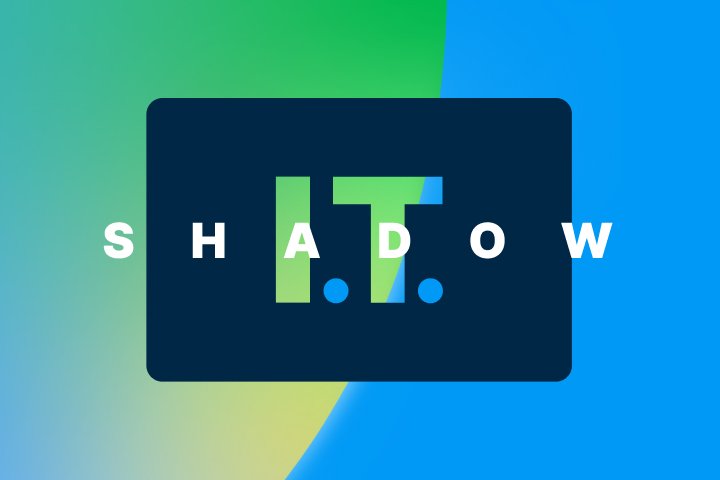
Hidden Data Everywhere: Why It’s Important to Have Complete Visibility for Data Security
Modern work creates blind spots across shadow IT, AI tools, personal devices, and third-party services. This article explains why visibility is essential for effective data discovery and stronger data protection.
